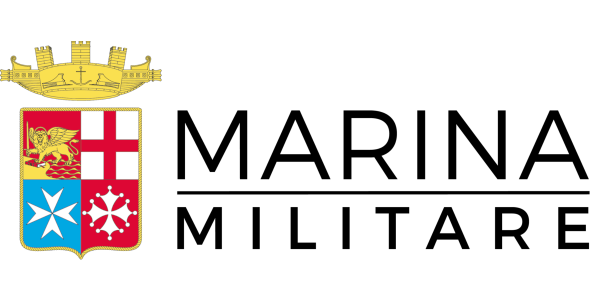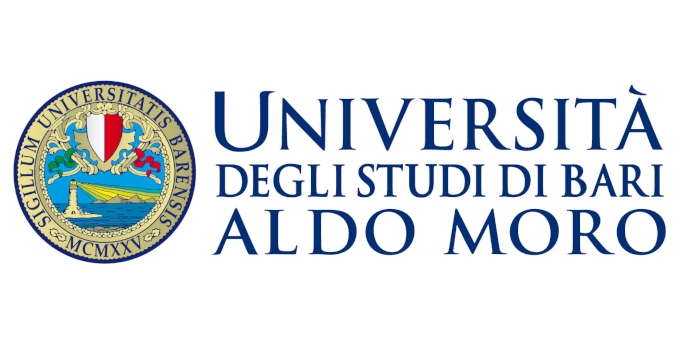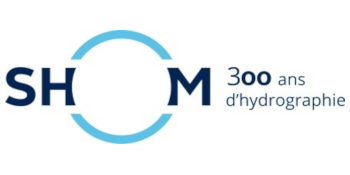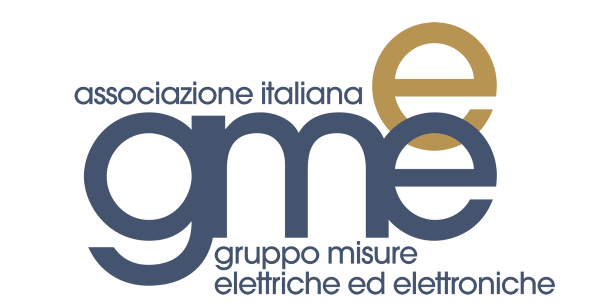Unmanned systems for wetlands and inland waters
ORGANIZED BY
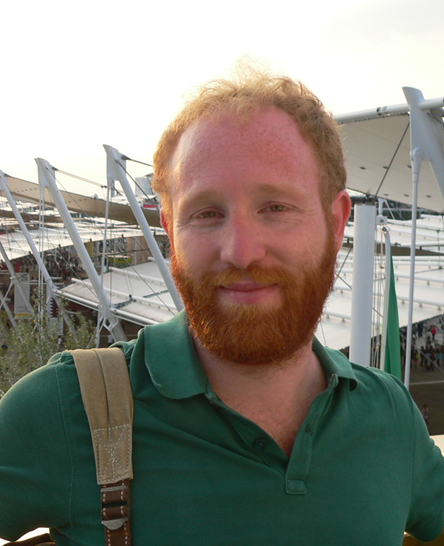
Angelo Odetti
CNR-INM

Massimo Caccia
ABSTRACT
Inland waters and wetlands are those geographic areas where water meets the earth and cover around 10 % of the Earth's surface. They include rivers and lakes, mangrove zones, swamps, bogs and marshes, alluvial plains and flooded forests, shallow coasts and coral reefs. In recent years, their importance is becoming more and more recognized for social economical and sustainability reasons. On one side various international conventions, directives and projects work on the protection of these fundamental ecosystems that represent sources of life and freshwater, on the other side these areas facilitate the movement of persons and goods by transport modes.
Improving their safety, environmental protection, energy efficiency and security will contribute effectively to sustainable transport and to environmental protection.
Nevertheless the number, quality and spacial resolution of surveys in these peculiar environments is reduced due to the absence of suitable tools expressly addressed to work in these areas. This reduces the possibilities of monitoring and protecting the Wetlands. Unmanned system are becoming a solution to increase the quality and spatial resolution of data.
In this session, contributions related to the development, use and research in unmanned systems being them underwater, surface of aerial vehicles, for wetlands, rivers and inland water monitoring and protection are invited.
ABOUT THE ORGANIZERS
Angelo Odetti Ph.D., Marine Engineer and Naval Architect, is a Research Scientist at CNR-INM. From 2011 he worked in FP7 project “HoverSpill'' as responsible for technical project and design of a second generation Air Cushion Vehicle (ACV). He patented new concepts for ACV technology. In 2013 he joined CNR as an associate researcher. He started working on the development of new autonomous marine vehicles. He is the designer of the layout of the structural and mechanical components of various hybrid (ROV-AUV) vehicles: e-URoPe, P2ROV, PROTEUS and Blucy for which he has designed samplers, tools and actuators. Its research line is based on the development of new concept vehicles for access into remote and dangerous areas. During his Ph.D. he developed SWAMP, an autonomous catamaran for extremely shallow water, with innovative propulsion system, structure, hardware architecture and general layout. He took part in two robotic-based scientific campaigns in the Svalbard archipelago in 2017 and 2018.
Massimo Caccia graduated in Electronic Engineering in 1991.His theoretical and applied research activities focuses on marine robotics, mainly addressing the topics of modelling and identification, cooperative guidance and control, vision-based motion estimation and control, and embedded real-time platforms and architectures for Unmanned Marine Vehicles. Research results, certified by more than 200 publications in international books, journals and conferences, led to the partnership in a number of EC, national and regional projects. Currently he is the coordinator of the projects Blue RoSES (EMFF), MATRAC-ACP (Interreg Maritime Italy-France), ARES (PON, under final approval), and MODA (PNRM, under negotiation), that represent state-of-the-art R&D in the definition of guidelines and codes of practice for the operation of robotic vehicles in harbour waters and coastal water, and in the integration of shipbuilding and robotics according to the vision identified by Blue Italian Growth National Technology Cluster.


